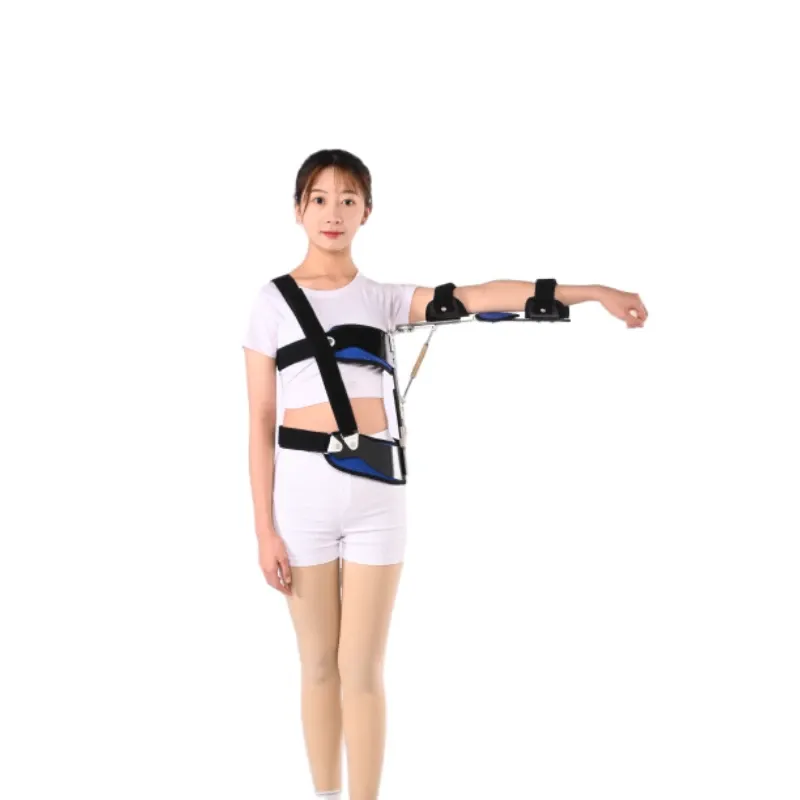The Significance of Ac Joint Shoulder Support for the Recovery of Shoulder Patients
The shoulder is one of the important joints in the human body, which not only participates in various movements of the upper limbs, but also plays a crucial role in various activities of daily life. However, due to various factors such as sports injuries, chronic diseases, and aging, the shoulders often face many health problems. In order to help shoulder patients recover more effectively, the use of AC joint shoulder support is gradually receiving attention. The significance of AC joint shoulder support lies in providing stability, promoting rehabilitation, and reducing pain in multiple aspects.

AC joint shoulder support can provide necessary stability
The structure of the shoulder joint is relatively complex and has a wide range of motion, but this also makes it susceptible to injury. AC joint support brace, as an external auxiliary tool, can effectively limit excessive joint movement and prevent further injury during recovery. This stability is particularly important for shoulder patients, especially during early rehabilitation training. With the help of AC joint shoulder support, patients can gradually recover their motor function in a controlled environment, thereby achieving better rehabilitation outcomes.
AC joint shoulder support also plays a positive role in promoting the rehabilitation process
Many rehabilitation exercises for the shoulders involve muscle retraining and strength recovery, and an adjustable shoulder support brace can assist patients in maintaining the correct posture and movement style during these exercises, reducing secondary injuries caused by incorrect movements. In addition, the use of support can increase patients' confidence in movement, so that they no longer excessively worry about pain or discomfort, and actively participate in rehabilitation programs. The establishment of such confidence plays an important psychological support role in the long-term recovery of patients.
AC joint shoulder support should not be underestimated in reducing pain and discomfort
Shoulder diseases are often accompanied by pain and inflammation, causing patients to feel pain and inconvenience in their daily lives. By using athletic shoulder support, patients can effectively alleviate some pain and reduce burden. The mild pressure created by support can promote local blood circulation, help reduce swelling and inflammation. Such pain management strategies not only improve patients' quality of life, but also provide a foundation for actively participating in rehabilitation training.
In summary, the significance of athletic shoulder support sleeve in the recovery process of shoulder patients cannot be ignored. It helps patients return to a healthy life faster and better by providing stability, promoting recovery, and reducing pain. However, when using AC joint shoulder support, patients should choose appropriate support tools based on the physician's advice and combine them with professional rehabilitation training to achieve the best recovery effect. I hope that in the future, with the development of medical technology, there will be more effective assistive devices and methods to safeguard the rehabilitation of shoulder patients.
-
Top Back Support SolutionsNews Jul.28,2025
-
Support for Hand and Thumb HealthNews Jul.28,2025
-
Powerful Back Support SolutionsNews Jul.28,2025
-
Essential Back Support SolutionsNews Jul.28,2025
-
Effective Hand and Wrist Support SolutionsNews Jul.28,2025
-
Comprehensive Thoracic and Lumbar SupportNews Jul.28,2025





















